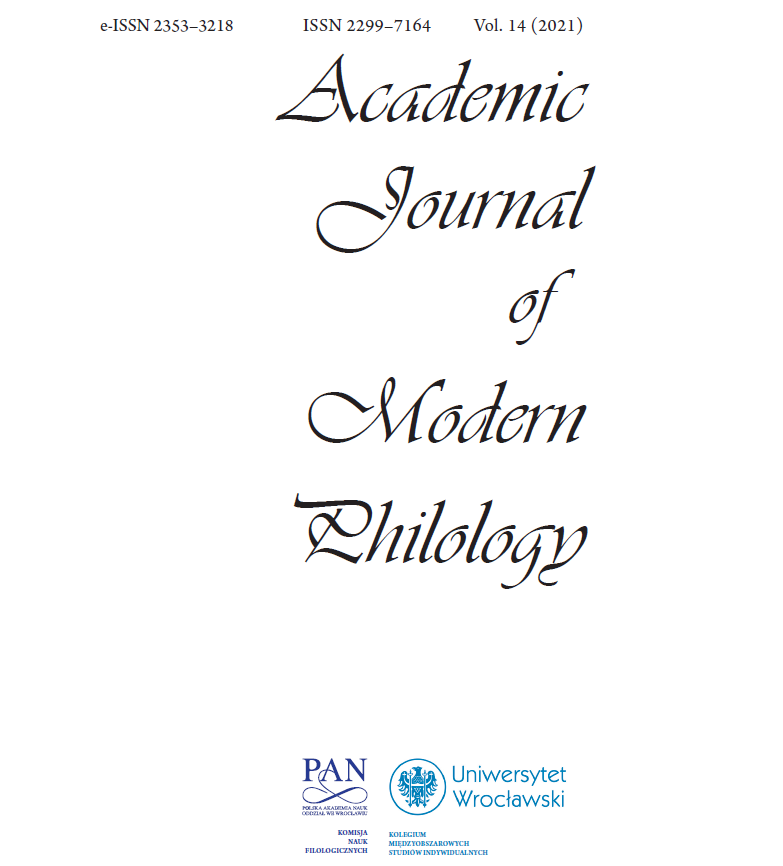The Scope of the Pictorial and the Verbal in Multimodal
Cognitive Linguistic Accounts of Visual Signification in Modal Ensembles Comprising Static Planar Signs
The Scope of the Pictorial and the Verbal in Multimodal
Cognitive Linguistic Accounts of Visual Signification in Modal Ensembles Comprising Static Planar Signs
Author(s): Michał SzawernaSubject(s): Language and Literature Studies, Semiotics / Semiology, Theoretical Linguistics, Applied Linguistics, Cognitive linguistics
Published by: Komisja Nauk Filologicznych Oddziału Polskiej Akademii Nauk we Wrocławiu
Keywords: multimodality; cognitive linguistics; comics; modal ensembles; verbal representations; pictorial representations; semiotics
Summary/Abstract: Since early 2000s, various modal ensembles (verbo-gestural utterances, feature films, animations, political cartoons, printed advertisements, television commercials, comics, picture books, computer games, pieces of music, corporate trademarks and logos, medieval textiles, etc.; cf. Forceville and Urios-Aparisi 2009; Pinar Sanz 2015) have been the subject of scholarly exploration in multimodal cognitive linguistics — a burgeoning research field situated at the intersection of multimodality studies and cognitive linguistics — with a view to explicating how general cognitive mechanisms shape meanings communicated across modalities and providing additional evidence for the psychological reality of various theoretical and descriptive notions put forward by cognitive linguists. Given the goals of multimodal cognitive linguistics, it is not surprising that research in this field has not only highlighted certain characteristics of the analyzed modal ensembles, but has also de-emphasized or altogether hidden others. In this article, an attempt is made to examine a number of contributions to the strand of multimodal cognitive linguistics that focuses on the cognitive underpinnings of various static planar ensembles (printed advertisements, cartoons, comics, corporate logos, etc.) with regard to what these contributions tacitly assume to be included in the scope of the pictorial and the verbal — two key concepts of multimodal cognitive linguistics that have never been explicitly characterized by researchers in this strand. This attempt is undertaken in order to demonstrate that in the examined contributions the two concepts are implicitly made to subsume representations that are qualitatively so different that there is little reason for bundling them together, which is in turn intended to alert researchers and readers alike to the problems caused by the imposition of a binary construal (‘either verbal or pictorial’) onto a continuum of qualitatively diverse static planar signs. This article further shows that an alternative characterization of this semiotic continuum — one that is free of the problems engendered by construing the continuum in binary terms — has for a long time existed in the field of comics scholarship. In conclusion, it is suggested that a more interdisciplinary approach may help multimodal cognitive linguists avoid unwarranted oversimplifications in the future
Journal: Academic Journal of Modern Philology
- Issue Year: 2021
- Issue No: 14
- Page Range: 313-336
- Page Count: 24
- Language: English

